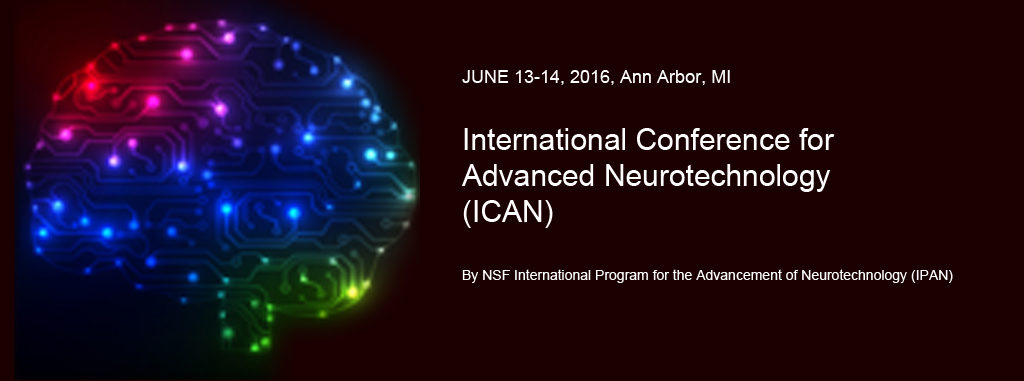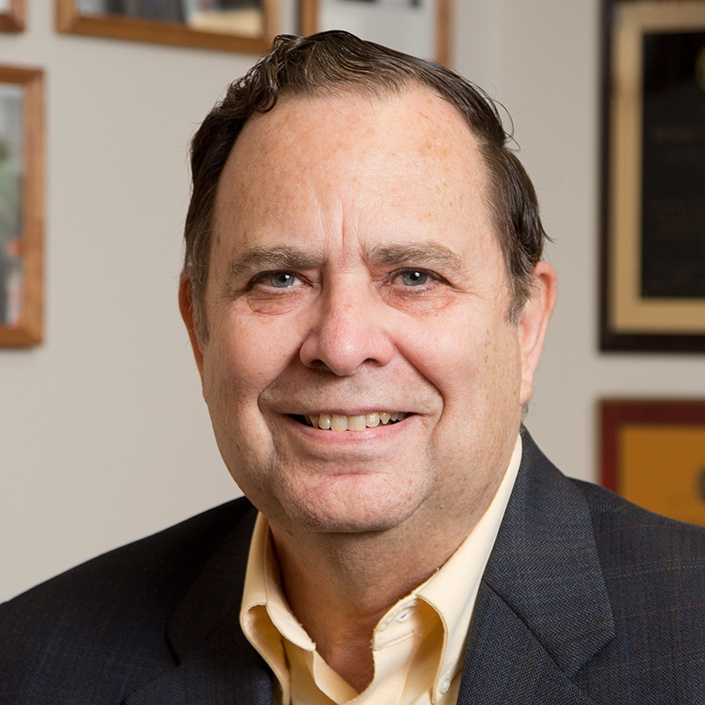
2016 International Conference for Advanced Neurotechnology
In the past decades significant new advances have been brought on the joint problems of scaling neuroscience tools to interface with entire neuronal circuits and defining elemental cell types, but not sufficient yet to accelerate neuroscience. ICAN 2016 is the inaugural conference of IPAN to bring engineers and neuroscientists together to review the recent advancement in neurotechnology and neuroscience, define the need for next-generation tools to move neuroscience forward, and enhance translation of technology to science community.

2016 Video Clips
Keynote Speakers

Ken Wise
University of Michigan
“The Rocky Road to Neurotechnology: A Retrospective”

Howard Eichenbaum
Boston University
“The BRAIN Initiative: What Do We Do With All That Data?”

Charles Lieber
Harvard University
“Nanoelectronic Tools for Brain Science”
Agenda
June 12, 2016
6:30–8:30 pm Reception (Invitation Only) – Wolverine AB, Holiday Inn, North Campus
June 13, 2016
8:00 Registration and Continental Breakfast – Ford Library Lobby
8:30 Opening – Euisik Yoon & György Buzsáki, Ford Library Auditorium
8:40 Welcoming Remarks – TBD
Keynote Presentation (Chair: Euisik Yoon)
8:50 The Rocky Road to Neurotechnology: A Retrospective – Ken Wise, U. Michigan
9:45 The BRAIN initiative: What Do We Do With All That Data? – Howard Eichenbaum, Boston U.
10:40 Break
Session 1: Where Are We? (Chair: Ed Stuenkel)
10:50 Why Do We Need So Many Neurons? – György Buzsáki, NYU
11:20 Neonatal Brain Rhythms in Health and Disease – Ieana Hanganu-Opatz, U. Hamburg
11:50 A Performance Comparison of Active vs. Passive and Switched vs. Unswitched in a Chronic 384-channel Si Probe – Tim Harris, Janelia Farm
12:20 Lunch – Ford Library Lobby
Session 2: What is Recent Advancement? (Chair: Ken Wise)
1:50 MEMS Tools for Bidirectional Brain-machine Interfaces – Oliver Paul, BrainLinks-BrainTools, U. Freiburg
2:20 Investigating Circuits of Conditioned Fear and Avoidance – Greg Quirk, UPR
2:50 A Multifunctional MEMS Neural Probe Array for Mapping Brain Circuits – Il-Joo Cho, KIST, Korea
3:20 Extracellular Population Recording and the Structure of Memory Representations – Albert Lee, Janelia Farm
3:50 Break
Panel Discussion (Moderator: Huda Akil)
4:00 What should the next-generation neurotechnology be to advance neuroscience? What is needed in the neuroscience user community? What are the challenges for engineers? The end of engineering research is the beginning of neuroscience application. How do we narrow the gap for translation? How to best train the next generation of student scientists to apply new technology and to identify future technology needs based on brain science?
June 14, 2016
8:30 Continental Breakfast – Ford Library Lobby
Keynote Presentation (Chair: György Buzsáki)
9:00 Announcement – György Buzsáki, Ford Library Auditorium
9:05 Nanoelectronic Tools for Brain Science – Charles Lieber, Harvard
10:00 Break
Session 3: What is Next? (Chair: Oliver Paul)
10:00 A Bio-inspired Neuromorhpic Chip for Efficient Computing and Bio-interface – Wei Lu, U. Michigan
10:30 Hardware and Software for Next-generation Neuronal Population Recording – Kenneth Harris, UCL
11:00 Toward High-density Optoelectrodes: Bringing Light to Neural Probes – Euisik Yoon, U. Michigan
Poster Session (Chair: John Seymour)
11:30 Posters and Lunch – Ford Library Lobby
1:30 Workout Session (IPAN Partners Only) – Ford Library Conference Rooms A+B
3:30 Adjourn
 MENU
MENU 
